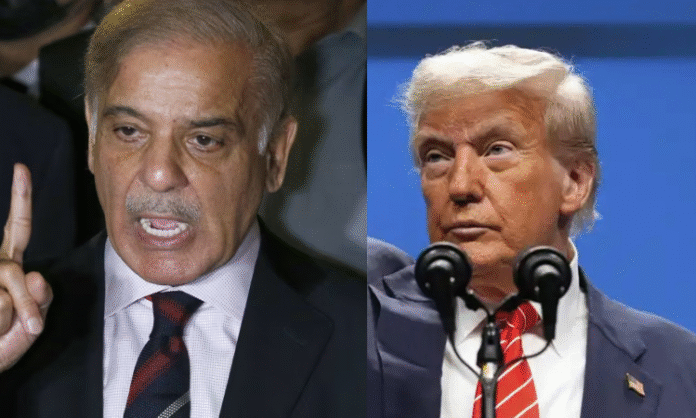In a significant diplomatic and economic development, Pakistan and the United States have concluded a crucial round of trade negotiations, aimed at revitalising their bilateral economic partnership. The talks, held under the framework of the U.S.-Pakistan Trade and Investment Framework Agreement (TIFA), focused on enhancing market access, addressing trade barriers, and fostering long-term commercial cooperation between the two nations.
The latest dialogue marks renewed momentum in bilateral trade relations, with both sides acknowledging the importance of strengthening economic engagement amid global uncertainties.
Key Areas of Discussion
The negotiations touched on several priority sectors critical to both economies:
1. Market Access for Pakistani Goods
Pakistan urged the U.S. to ease tariff and non-tariff barriers on key export items including textiles, leather, rice, and surgical instruments, which are among the country’s top exports. Greater access to the American market could significantly boost Pakistan’s manufacturing sector and help address its trade deficit.
2. Investment Opportunities
U.S. officials highlighted Pakistan’s potential as a destination for renewable energy, agriculture, and digital economy investments. Discussions included the importance of policy consistency, contract enforcement, and ease of doing business to attract more American investors to the region.
3. Trade Facilitation and Regulatory Reforms
Both countries discussed reforms in customs procedures, intellectual property protection, and digital trade frameworks. Pakistan presented updates on efforts to modernise trade logistics, improve port efficiency, and expand digital governance to support trade.
4. Labor and Sustainability Standards
The U.S. reiterated the importance of supply chain transparency, labor rights protections, and environmental sustainability. Pakistan affirmed its commitment to improving compliance in these areas, particularly in the textile and apparel sectors that supply major U.S. retailers.
Mutual Gains and Challenges
The talks were marked by constructive engagement, with both sides agreeing to continue working toward resolving long-standing concerns. However, challenges such as political stability, currency volatility, and taxation regimes remain hurdles to long-term investor confidence in Pakistan.
Despite these challenges, the U.S. remains one of Pakistan’s largest export markets and a key partner in trade and development. In 2024, bilateral trade stood at approximately $9 billion, with potential to grow significantly if barriers are addressed and reforms implemented.
Looking Ahead: A Path to Deeper Cooperation
The conclusion of this round of trade talks reflects a strategic shift toward economic diplomacy, where mutual interests in stability, development, and investment drive engagement. Both sides have agreed to set up working groups on specific sectors and continue high-level consultations throughout the year.



